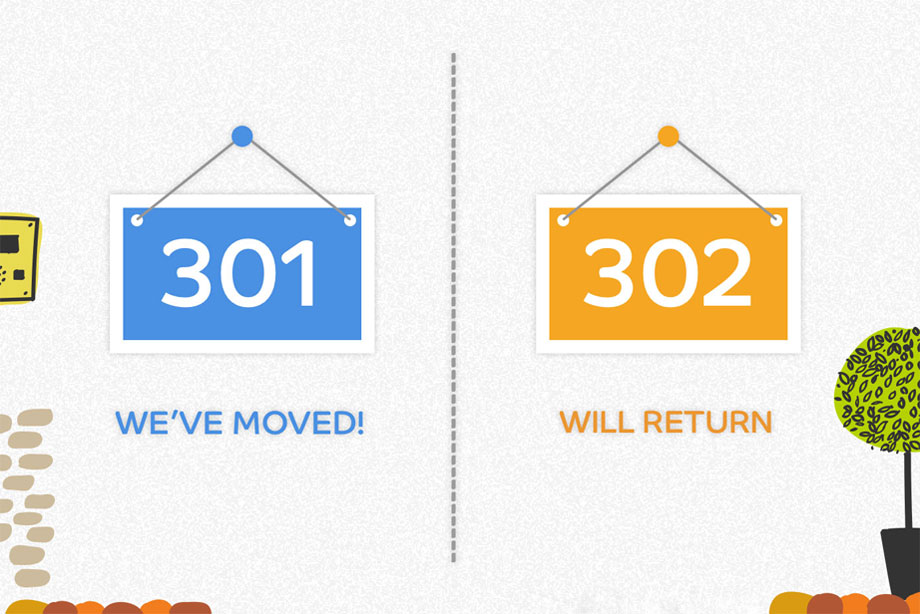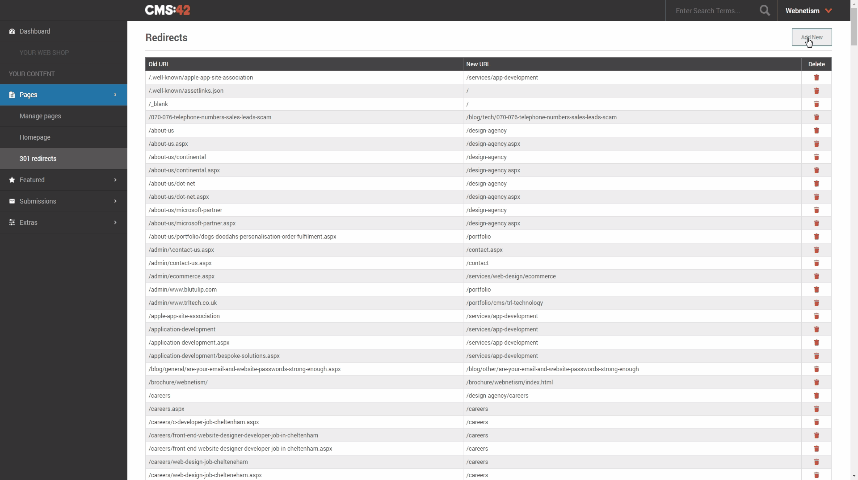What is a redirect?
It’s a process of forwarding one URL to a different URL; a process known as redirection. This process sends both users, and search engine bots, to a different URL from the one they originally requested. There are generally two kinds of website redirects that you should probably make a note of: 301 and 302.
Two of the most commonly used types of redirection:

301 redirect
A 301 redirect is a permanent redirect, which passes 99% of the URL ranking power, which is then forwarded over to the new URL. This is why 301 redirect is probably the best type of redirection for your website.
302 redirect
A 302 is a temporary redirect, generally used for URLs that you’re intending on using again soon. Temporary maintenance pages are a great example of where you would see such a redirect being used.
Do you need a redirect?
Have you undergone a website change to satisfy your business goals and now have a new website under a fresh domain, or perhaps a few of your web page URLs have changed, and you want to make sure your users get sent to the right content? Then yes, setting up a 301 redirect would be beneficial for your website.
Do you have questions?
Let us answer
Are you using CMS:42?
If so, sign into your content management system, and navigate to 301 redirects. The illustration below demonstrates how easy it can be to add a new 301 redirect to your website, when using the CMS:42 redirects module. Learn more about CMS:42, and how it can be integrated with your site.

Enhance your site with 301 redirects now, and keep that precious link juice.
Recommended blog articles
- The GDPR – Processing Data
- The GDPR and Cookies
- What is GDPR?
- 7 signs why your website might need bit of a facelift
- Making better* pictorial web content : Part 1